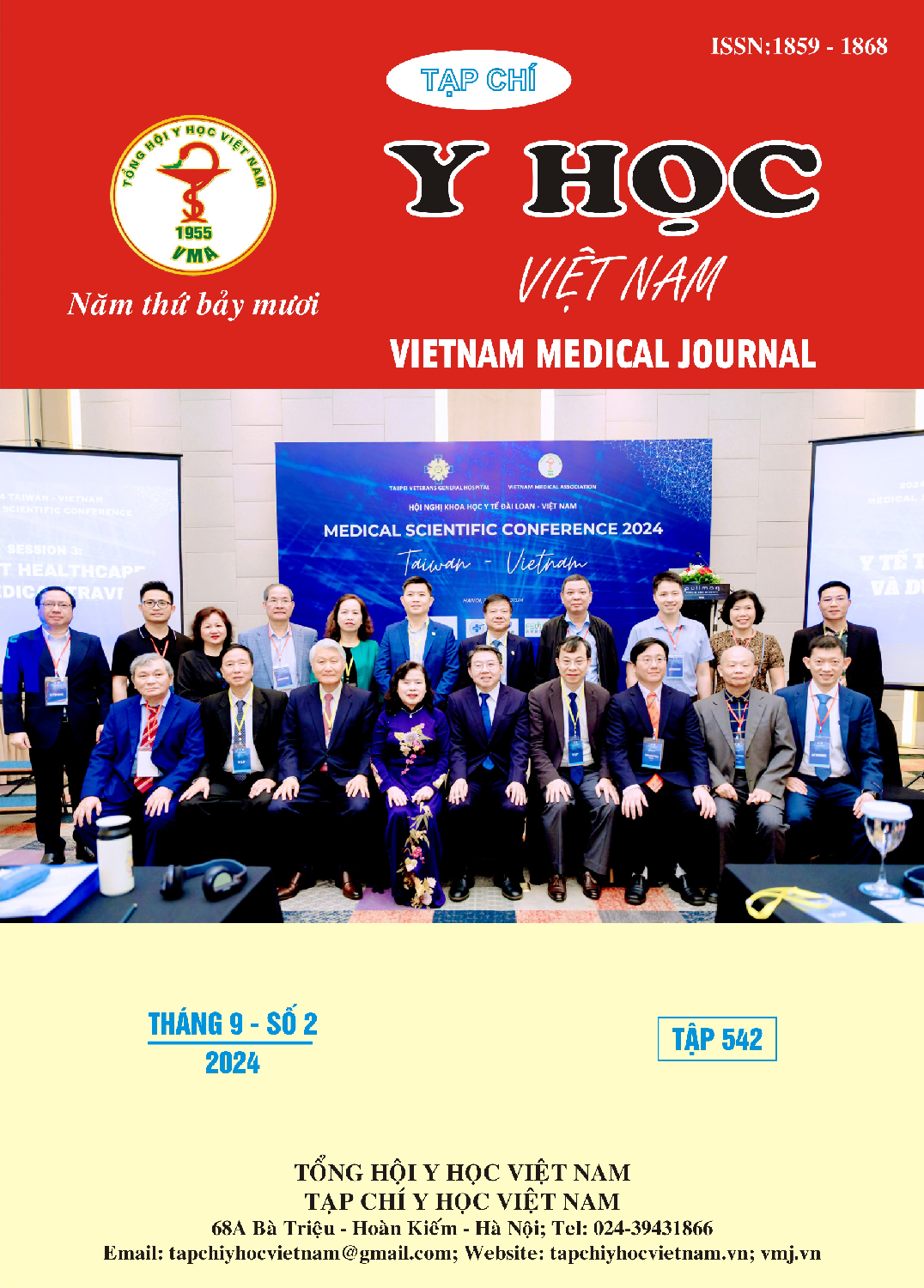KHẢ NĂNG LÀM SẠCH HỆ THỐNG ỐNG TỦY TRÊN THỰC NGHIỆM CÓ SỬ DỤNG U-FILES
Nội dung chính của bài viết
Tóm tắt
Mục tiêu: Nhận xét kết quả làm sạch hệ thống ống tủy của U-Files (Mani) trên thực nghiệm. Đối tượng và phương pháp nghiên cứu: Nghiên cứu được thực hiện trên 25 răng hàm nhỏ thứ nhất đã nhổ được thu thập tại Bệnh viện Đại học Y Hà Nội và Viện Đào tạo Răng hàm mặt Trường Đại Học Y Hà Nội (15 răng hàm nhỏ thứ nhất hàm trên và 10 răng hàm nhỏ thứ nhất hàm dưới), thời gian từ 8/2023 đến 5/2024. Phương pháp nghiên cứu là nghiên cứu thực nghiệm có đối chứng, mô tả hình thái dưới SEM, lựa chọn mẫu ngẫu nhiên theo tiêu chí cho đến khi đủ số lượng nghiên cứu. Kết quả: Khả năng làm sạch ống tủy của U-files (Mani) giảm dần từ vị trí ⅓ trên cho đến ⅓ chóp chân răng ở cả ống tuỷ thẳng với không có ống ngà nào bị bao phủ toàn bộ ở 1/3 trên các ống tuỷ thẳng nhưng lại có tới 8,57% mẫu ở mức D và 22,86% mức E. Kết quả tương tự với 2 nhóm ống tuỷ cong vừa và cong nhiều. Tại vị trí ⅓ giữa hay ⅓ chóp, các file với kích thước bé hơn file tạo hình cuối cùng chứng tỏ khả năng làm sạch tốt hơn, thể hiện sự chênh lệch về tỷ lệ làm sạch cao hơn (ở các ống tuỷ thẳng hay cong vừa). Tuy nhiên với ống tủy cong nhiều, tỷ lệ ống tủy được làm sạch khi sử dụng dụng cụ với 2 loại kích thước khác nhau là gần như nhau. Hiệu quả làm sạch giảm dần khi độ cong của ống tuỷ tăng dần và sự thay đổi này là giống nhau ở cả 3 vị trí.
Chi tiết bài viết
Từ khóa
bơm rửa siêu âm, U-Files, răng hàm nhỏ.
Tài liệu tham khảo
2. Ahmad M. Effect of ultrasonic instrumentation on Bacteroides intermedius. Endod Dent Traumatol. 1989;5(2): 83-86. doi:10.1111/j.1600-9657.1989. tb00342.x
3. Schneider SW. A comparison of canal preparations in straight and curved root canals. Oral Surg Oral Med Oral Pathol. 1971;32(2):271-275. doi:10.1016/0030-4220(71)90230-1
4. KIRAR DS, JAIN P, PATNI P. Comparison of different irrigation and agitation methods for the removal of two types of calcium hydroxide medicaments from the root canal wall: an in-vitro study. Clujul Med. 2017;90(3):327-332. doi:10. 15386/cjmed-737
5. Hülsmann M, Bluhm V. Efficacy, cleaning ability and safety of different rotary NiTi instruments in root canal retreatment. Int Endod J. 2004;37(7): 468-476. doi:10.1111/j.1365-2591.2004.00823.x
6. Van der Sluis LWM, Wu MK, Wesselink PR. The efficacy of ultrasonic irrigation to remove artificially placed dentine debris from human root canals prepared using instruments of varying taper. Int Endod J. 2005;38(10):764-768. doi:10.1111/j.1365-2591.2005.01018.x
7. Amato M, Vanoni-Heineken I, Hecker H, Weiger R. Curved versus straight root canals: the benefit of activated irrigation techniques on dentin debris removal. Oral Surg Oral Med Oral Pathol Oral Radiol Endodontology. 2011;111(4): 529-534. doi:10.1016/j.tripleo.2010.11.002
8. Caron G, Nham K, Bronnec F, Machtou P. Effectiveness of Different Final Irrigant Activation Protocols on Smear Layer Removal in Curved Canals. J Endod. 2010;36(8):1361-1366. doi:10. 1016/j.joen.2010.03.037


